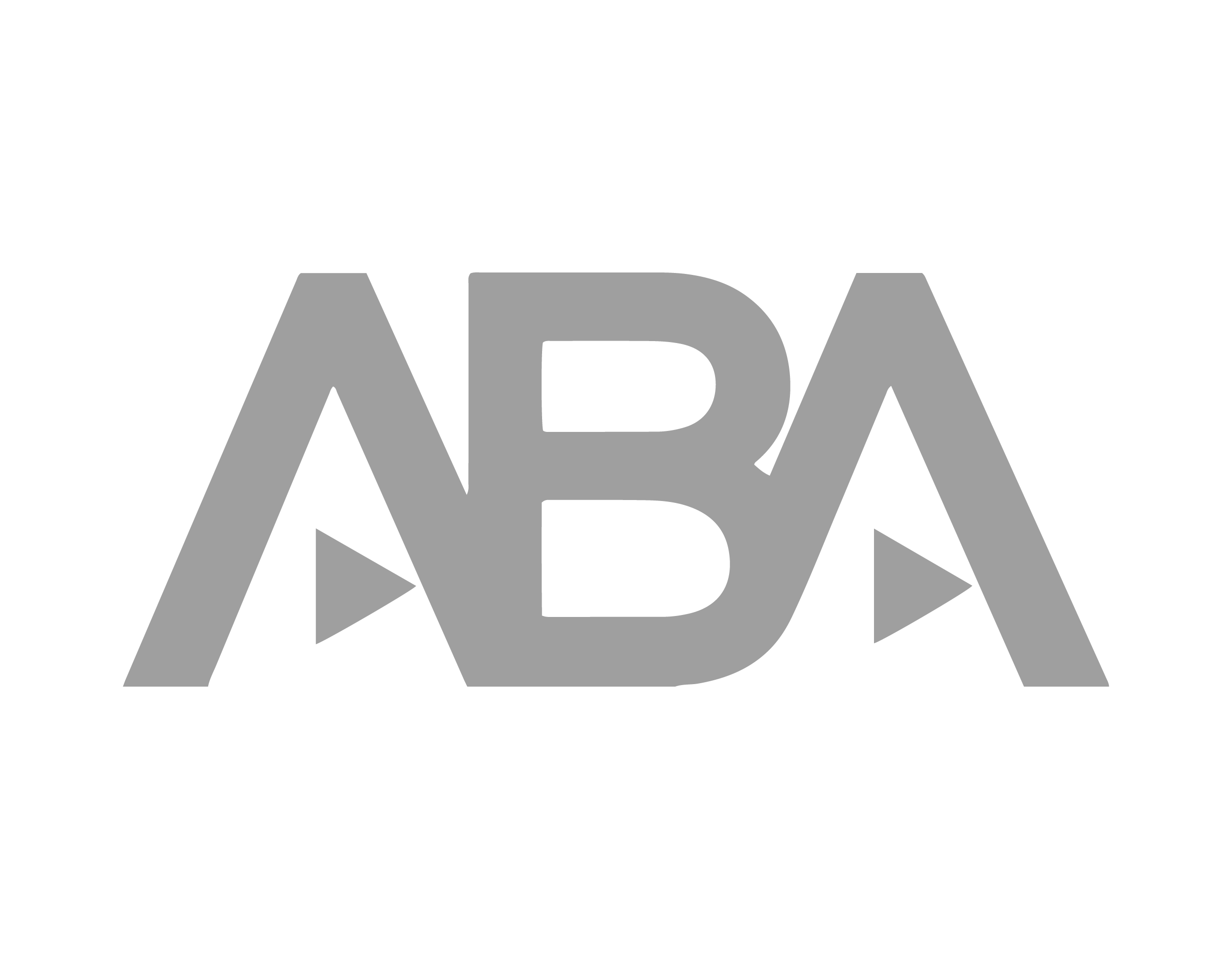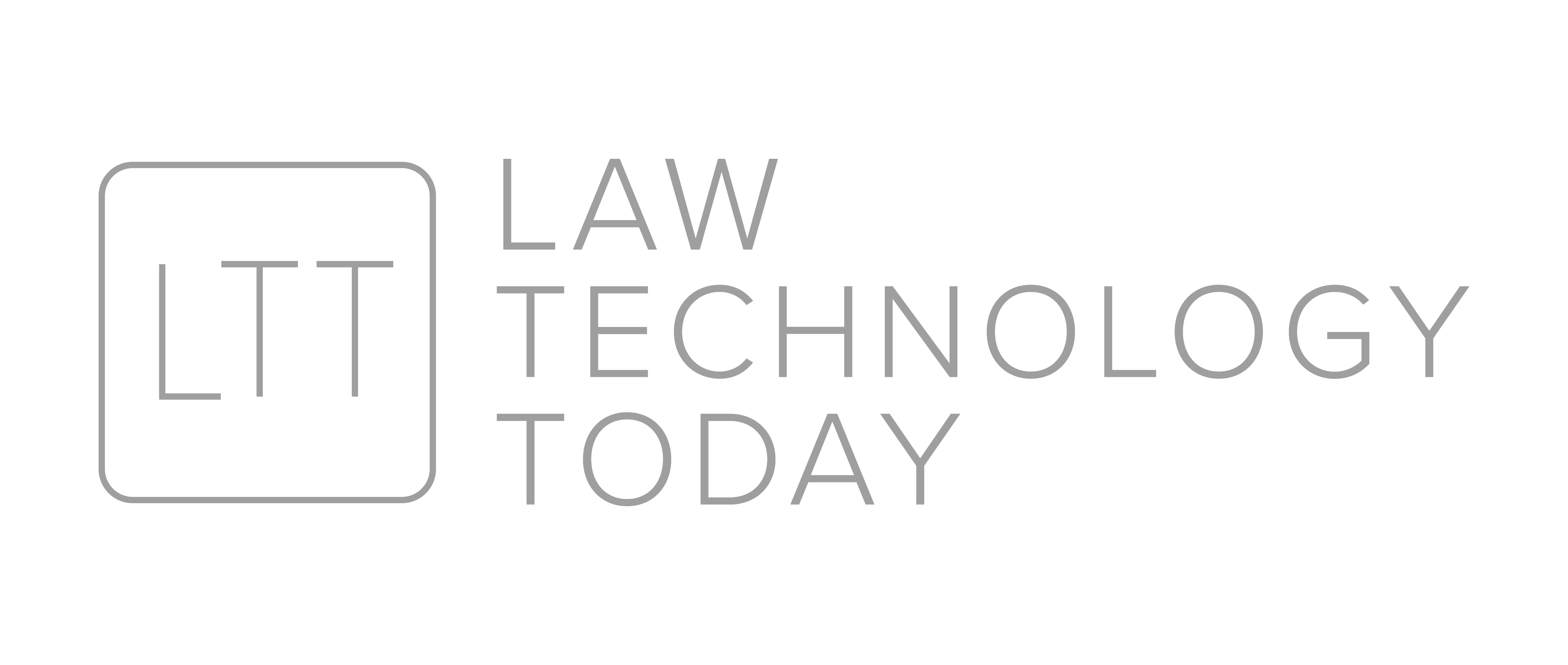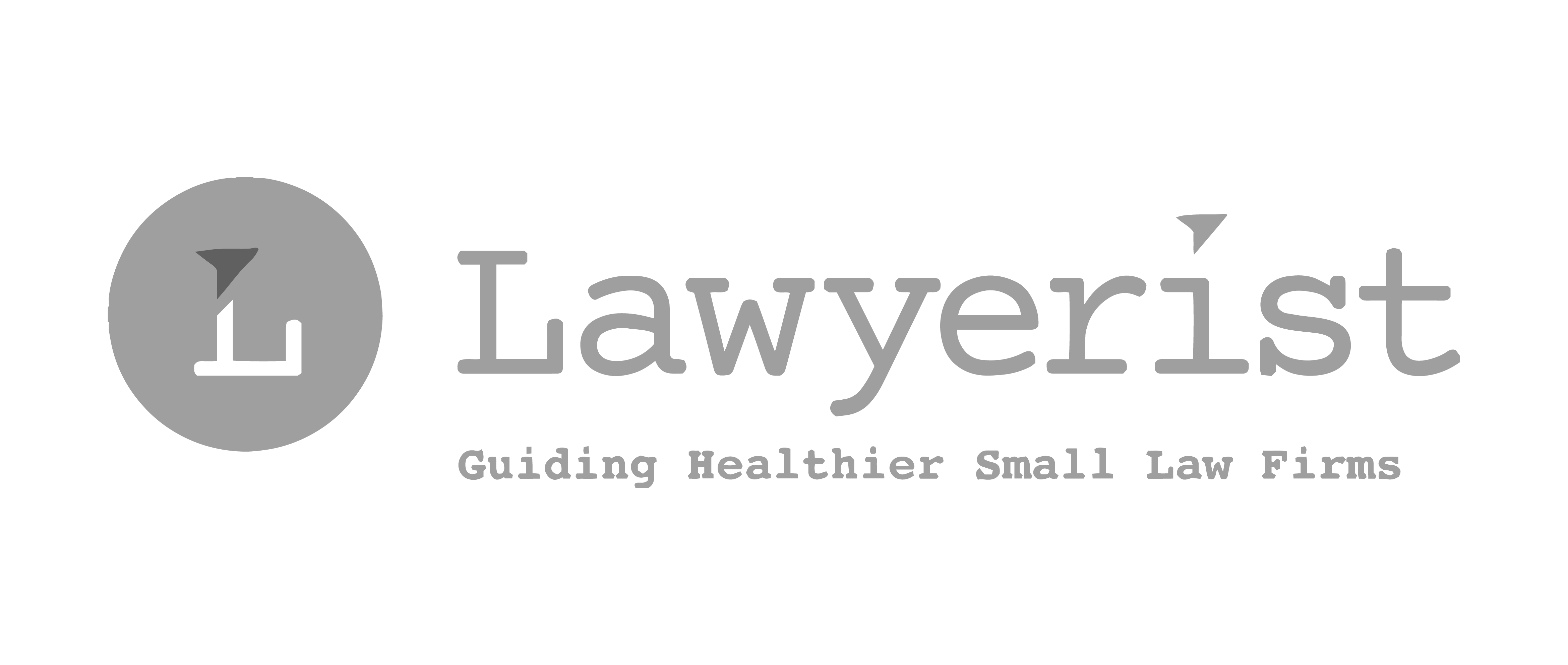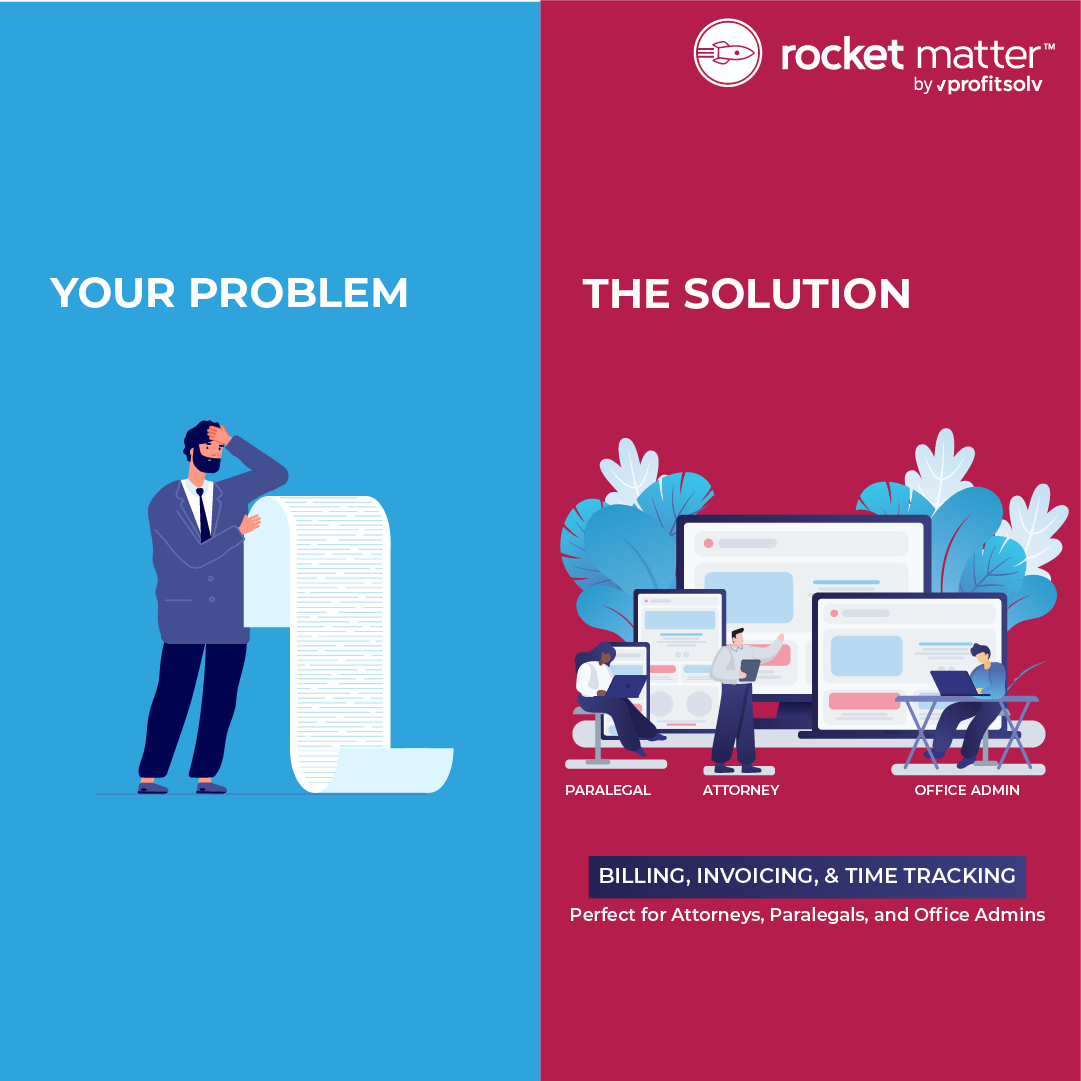Five Key Principles for Streamlining Your Legal Practice

Invented after World War II by Toyota engineers struggling to maintain productivity amid massive supply chain disruptions, lean methodologies revolutionized modern manufacturing. By focusing on efficiency and continuous improvement in their operations, factories, and warehouses around the world have maximized their profits by doing more with less.
Smart business leaders are always looking for the next big thing and soon adapted the lean principles of manufacturing to everyday business practices. These principles are so popular right now that you can’t talk to anyone in a management role without hearing about how they just finished a Kaizen DMAIC cycle after using a Kanban to plan a GEMBA walk.
Huh? Yeah… it hasn’t been quite the same in many professional services sectors like law.
Legal industry professionals can be averse to change. Because their jobs often come with steep consequences for missteps, lawyers are almost never the first to jump on any bandwagon. For example, many law firms still lag behind in areas such as accepting online payments.
But there’s no question that the rise of AI, alternative service providers, and technologies that allow for increased efficiency are changing the way modern law firms do business. Law firms that don’t embrace the principles of lean law may struggle to stay viable in the markets of the future.
What is lean law and why does my firm need it?
At its core, lean law is about running a law firm like a business. It involves delivering superior service to clients, increasing employee satisfaction, and growing profits—all by reducing inefficiencies and improving productivity.
To run a lean law firm, you should:
- Optimize how you use your staff and resources so you can spend the majority of your efforts on profitable activities
- Have a draft control process that ensures multiple people aren’t spending too much valuable time on tedious tasks
- Use performance data to find bottlenecks in client onboarding and communication
If you’re like most lawyers, you may be thinking that these are the most obvious, basic, fundamental rules for any business. (And you wouldn’t be wrong.)
But it’s one thing to understand a principle and something very different to implement it effectively.
Five ways to implement lean principles and streamline your legal practice
When implemented correctly, these five lean principles can help your law firm stay up-to-date with best practices and new technologies that keep a firm responsive, agile, and ultimately, successful.
1. Identify your resources
It’s easy to be overwhelmed by big projects if you aren’t starting from a place of strength.
Instead of making a long list of everything that’s broken, take some time to identify what your firm is doing well. This list shouldn’t only be about how many cases you win—remember to include the less glamorous (but equally important) administrative operations that keep the wheels turning.
For example: are you great at communicating with clients? Do you have a low error rate for data entry or record filing? Do your invoices go out and get paid on time? Is your team good at negotiating settlements?
Create the most accurate list possible by seeking input across your firm. Ask your receptionists, paralegals, IT group, HR team, and accounting department as well as your associates, partners, and clients where they think your organization excels.
2. Pinpoint inconsistent or inefficient practices
Once you know what you’re good at, it’s time for a longer look in the mirror. Some problems—such as low collection rates, poor consult-to-conversion ratios, or frequently missed deadlines—are easy to spot.
Others, like inadequate client communications, redundant administrative tasks, and inconsistent processes, might be harder to nail down.
Select a few key players from each level of your org chart and ask them to list three or four things that they think aren’t working well or that make their job harder. Some issues may be department-specific and some may be universal, but try to prioritize them based on:
- How many employees or clients the issue affects
- How much the issue affects overall productivity
- How complex the solution will be
You might be able to fix some problems with a simple tweak, while others may require an investment in equipment or technology. But all of them will be easier to fix once you know what they are.
Free Guide
The Paperless Law Office: A 12-Month Plan
for Going Paperless
This free guide will provide you with an actionable plan for going paperless, with monthly tasks that include:
1. Determining your paperless processes
2. Establishing naming and filing conventions
3. Choosing an online storage provider
4. Embracing mobile paperless tools
5. And more important resources!
3. Design a cross-functional solution with measurable goals
Avoid the temptation to start issuing top-down edicts and instead work to identify the issue’s key stakeholders. Pull a group of them together and have them brainstorm possible solutions. Ask them if they have the resources they need to solve the problem, and if they don’t, ask what they need.
But this is where the rubber meets the road—make sure you have a way to measure the fix. Whether you’re hoping to reduce clerical errors, improve communication, or increase collections, you need to know if your ideas are working.
Ask the team what success will look like and how long they think it will reasonably take to reach it, then use that information to set a realistic timeline for your goal (and practice management software can be extremely helpful for that!).
4. Maximize, reposition, or acquire necessary technologies and/or staff
Almost any problem can be solved with an unlimited budget and oodles of time—but these two things aren’t available at most firms.
This is where your list of resources will come in handy. Ask yourself:
- Do your software applications have capabilities you aren’t using yet?
- Are your staff working on projects that align with their talents and interests?
- Could current staff resources be allocated differently to increase support?
Knowing what you already have can keep you from wasting time and money looking for a solution you don’t need.
If you do need to invest in new technologies, choose something that can multitask. Instead of buying one program to track billable hours, another to manage invoicing, and a third to handle document sharing, find a program that can do it all (and integrate with the tools you already use). This will save you time and money and make training easier for your team.
5. Track performance and refine
The real trick behind lean methodology is its emphasis on continuous improvement. It’s always possible to make a process more efficient, but only if you know where it’s lacking.
If you can’t create reports measuring how well your processes are working, you’re already losing the battle. As good as lawyers are at managing nuance, it’s hard to argue with hard numbers.
Here’s where your practice management solution’s reporting features come in handy, giving you a big-picture view of your law firm’s data and finances so you can see where you stand at a glance and keep tabs on your progress.
Schedule your demo today
If you want to see how Rocket Matter’s practice management software can give you the data you need to make smart decisions and run a lean law firm, schedule a demo today
Free Guide
The Paperless Law Office: A 12-Month Plan
for Going Paperless
This free guide will provide you with an actionable plan for going paperless, with monthly tasks that include:
1. Determining your paperless processes
2. Establishing naming and filing conventions
3. Choosing an online storage provider
4. Embracing mobile paperless tools
5. And more important resources!
Related Resources

How to Increase Your Profits with Rocket Matter
Lawyers in firms of all sizes struggle to finish the work for the day in a reasonable amount of time. With document creation, non-billable tasks, and time spent following up with current and potential clients, the workday quickly turns from a planned eight-hour day into a twelve-hour one.

How to Master Your Law Firm’s Time and Billing
Lawyers have a heavy workload. With so many clients and their various needs, it’s easy to put tedious administrative tasks like time tracking and billing on the back burner.

6 Billing Strategies to Grow Your Law Firm
Scaling your law firm doesn’t just mean adding more lawyers or increasing your number of clients. The best way to boost your law firm’s finances is to minimize your non-billable hours and make sure that every hour of your day is accounted for.
Share post:









